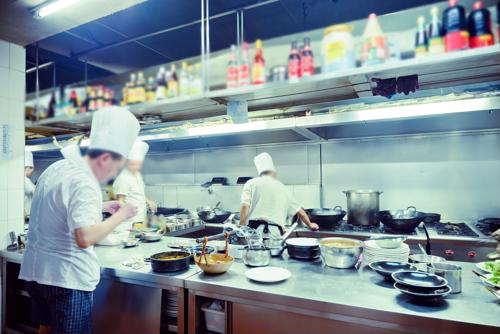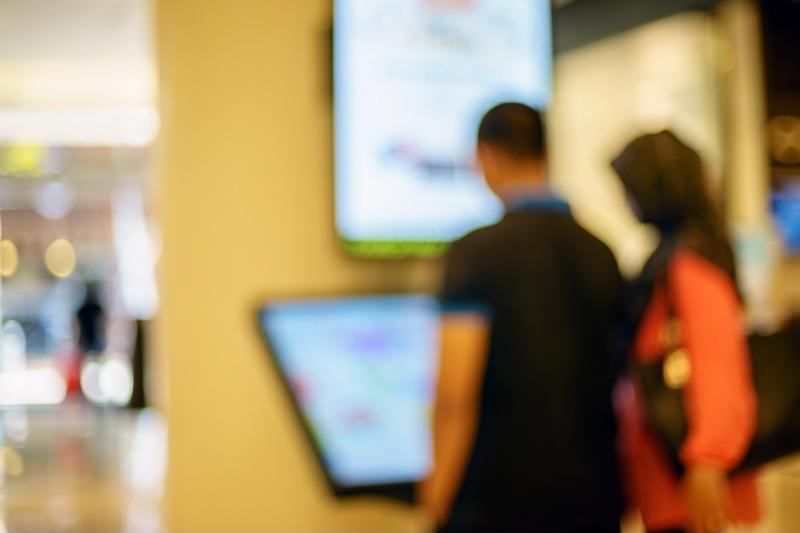
How IoT can enable increased restaurant productivity
By Max BurkhalterJanuary 25, 2018
Petcube, a manufacturer of internet of things-enabled pet products has an item called Petcube Bites. This device comes with a camera, allowing the user to see into their home from a remote location. It also features a microphone, letting the user speak commands that are projected from a speaker on the device. Finally, its defining feature is a projectile dispenser - in this case food.
Petcube Bites is designed to work with dogs when their owners aren't home. The owner opens the app (the software side) and communicates through the speaker with the pet. Once the dog has noticed or done a trick, the owner can shoot out a treat to reward it. The idea is for pet owners to spend more time with their animals even when they're at work.
However, let's look at this device's components: a camera to see, a speaker for voice playback, a dispenser to give out food and a software app to tie it all together. With a few modifications, it is not impossible to imagine a machine like this helping to serve out bites to humans in the future - although probably not by tossing.
The IoT in restaurants
By and large, the IoT is still new to the restaurant industry. It has only been fully embraced in very basic ways. For instance, many places that specialize in fast prepared food allow order placement through smartphone apps. Certain restaurants also use tablet or smartphone hardware to process sales.
Another common alternative coming to fast food chains is the digital kiosk. In 2016, Reuters documented McDonald's plans to roll out a wave of ordering kiosks to streamline consumer interaction. CNBC reported that a recent report from Cowen stated that McDonald's was committed to adding 2,500 more ordering kiosks to its branches by the end of 2017.
This technological upgrade has helped raise the fast food giant's expected profits and McDonald's shows no signs of slowing down these upgrades. However this equipment can be expensive and isn't likely to be seen in more local spots anytime soon.

Sensors in the kitchen
A completely different use for IoT comes in the kitchen, where sensors can be utilized to track equipment usage and durability. Screen Cloud highlighted smartphone system monitoring as a powerful new tool for restaurants looking to optimize value from their equipment.
With properly placed sensors, a manager of several locations could check in remotely, seeing exactly what was used and when - as well as for how long. This will make it easier for employers to know their peak business hours, allowing them to staff accordingly. These readouts could be projected to a smartphone, allowing for reliable tracking on the go.
"Supervisors can definitively see the popularity of every food item on the menu."
By the second advertising
Of course, digital billboard technology is nothing new. However, connected to a restaurant's network, it could do more than just highlight changing daily deals. Managers can shift information with inventory. As soon as an item sells out, it can be removed from the menu. Any food that that is slow selling can also be highlighted to draw consumer interest.
Tracking this information in real time is also useful for detecting complex patterns. As is, most restaurant managers only have an idea when a menu item sells out and typically do not reflect on this information until the end of the day. Providing exact, up-to-date information can shed insight to consumer behavior. Supervisors can see exactly when a menu item sells out as well as what item takes its place at the forefront of customer's interest.
In order to achieve this data from the IoT, restaurants need to have the right hardware. Perle has experience working with the hospitality industry. Our hardware can provide secure, dependable network connections and our PerleVIEW Central Management Platform software provides an intuitive overview, even of hardware at various locations.
With many restaurants beginning to seriously consider IoT technology, you need to review your infrastructure to see how you can best make an upgrade. Perle provides the hardware to enable the critical network infrastructure required for uninterrupted data streaming and monitoring. Connect with us today to learn more about how we can help your restaurant take full advantage of the IoT-enabled future.



